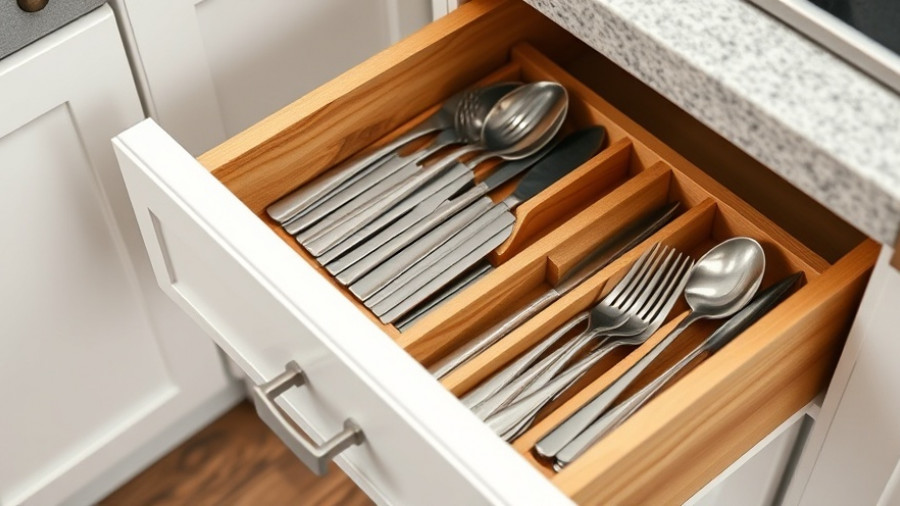
Reviving Old Spaces: The Art of Salvaging Building Materials
In the quest to make our homes more stylish and functional, some homeowners are rethinking a common approach: throwing everything out during renovations. Instead of seeking new materials, they are finding value in salvaging whats already there, especially when those materials are vintage and durable, as explored in the video "Salvaging Building Material | This Old House".
In "Salvaging Building Material | This Old House", the discussion dives into sustainable home renovation practices, exploring key insights that sparked deeper analysis on our end.
Why Salvage? Understanding the Value of Repurposing
When faced with renovations, the urge to clear out old materials can be strong, but this often overlooks a more sustainable approach. Salvaging building materials not only benefits the environment—by reducing waste—but can also save money. As seen in the video, the homeowner decided to repurpose resilient flooring, cast-iron baseboards, and extra appliances instead of tossing them into a landfill. This thought process promotes creative problem-solving and can enhance the character and history of newly remodeled spaces.
Lessons from the Past: Finding Potential in Old Materials
The homeowners in the video are not alone in their efforts. The cast-iron baseboard heaters, for instance, provide heat through a combination of convection and radiation, a clever design that has withstood the test of time. Recognizing the craftsmanship and durability of older materials shows a gratitude for the historical context they provide. Each reclaimed element adds a story to the home, merging modernity with nostalgia. These materials can be reconfigured to fit new designs, proving that age doesn’t diminish their value.
Engaging the Community: Donating Versatile Resources
As the video illustrates, not all salvaged materials need to stay with the original homeowner. Items such as gently used appliances can be donated, sending them to locations where they are needed, such as families in Haiti who benefit from functional, repurposed tools. This communal spirit fosters connections and helps create a positive impact within society—a critical viewpoint lacking in conventional renovation processes.
Tools for Effective Salvaging: What You Need
Demolishing an old floor or removing heavy baseboards can sound intimidating, but with the right tools, anyone can be a savior of their home. The video showcases a pneumatic nail remover that can simplify the extraction process, allowing even the most novice DIY-ers to take on salvaging projects. Having the right tools can turn a daunting task into an easy experience, encouraging more homeowners to treat their renovation projects with innovative techniques.
Conclusion: Embracing a Sustainable Future in Home Renovations
Many home renovation projects overlook the potential of salvaging, yet this approach has much to offer for homeowners willing to invest a little time and creativity. By rethinking our renovation approach based on the insights shared in "Salvaging Building Material | This Old House", we can embrace sustainability, save money, and foster community connections—all while adding a unique character to our homes.
To explore more on how you can incorporate salvaging into your DIY projects and renovations, dive into resources available at home improvement platforms and consider participating in local events focused on sustainable home renovations. Start today and become a part of this enriching movement!
 Add Row
Add Row  Add
Add 




Write A Comment